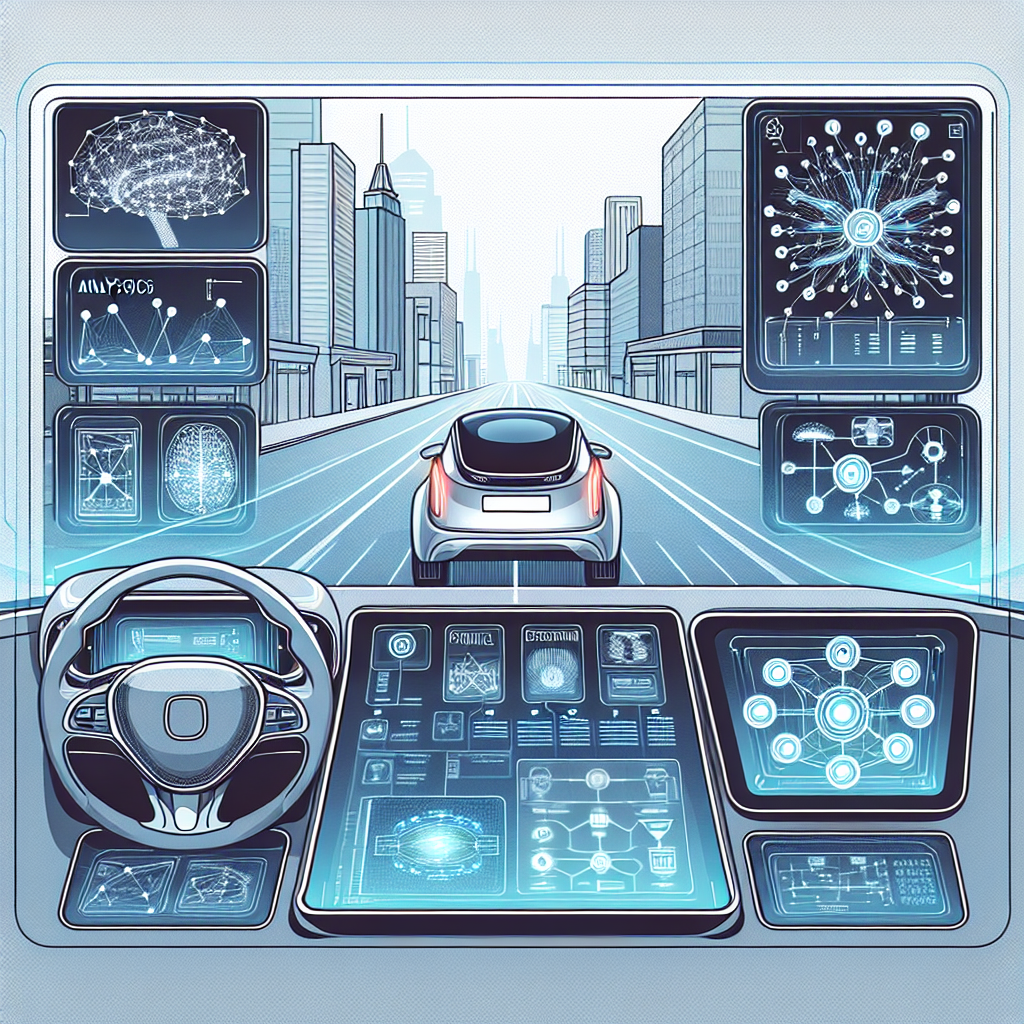The Role of AI Software in Autonomous Vehicles
Introduction
Autonomous vehicles, also known as self-driving cars, are one of the most exciting innovations in the automotive industry. These vehicles have the potential to revolutionize transportation by improving safety, reducing traffic congestion, and increasing efficiency. One of the key components that enable autonomous vehicles to operate is artificial intelligence (AI) software.
AI software plays a crucial role in enabling autonomous vehicles to perceive their environment, make decisions, and navigate safely. In this article, we will explore the role of AI software in autonomous vehicles and how it is shaping the future of transportation.
Perception
One of the most important functions of AI software in autonomous vehicles is perception. Autonomous vehicles use a variety of sensors, such as cameras, radar, lidar, and ultrasonic sensors, to perceive the world around them. These sensors collect data about the vehicle’s surroundings, such as other vehicles, pedestrians, road signs, and traffic lights.
The AI software processes this data in real-time to create a detailed map of the vehicle’s environment. This map is used by the vehicle’s decision-making system to safely navigate through traffic and avoid obstacles. AI software also helps the vehicle to detect and classify objects in its environment, such as other vehicles, pedestrians, and cyclists, to make informed decisions about how to react to them.
Decision-making
Once the vehicle has perceived its environment, the AI software is responsible for making decisions about how to navigate through it safely. The decision-making system in autonomous vehicles uses complex algorithms to analyze the data collected by the sensors and determine the best course of action.
For example, if a pedestrian suddenly steps into the road, the AI software must quickly assess the situation and decide whether to slow down, swerve, or stop to avoid a collision. The decision-making system must also take into account factors such as traffic conditions, road signs, and the behavior of other road users to make safe and efficient decisions.
Navigation
AI software also plays a crucial role in the navigation of autonomous vehicles. The navigation system uses the data collected by the sensors and the decisions made by the decision-making system to plan the vehicle’s route and trajectory. The AI software must take into account factors such as traffic conditions, road closures, and construction zones to navigate the vehicle safely and efficiently.
The navigation system in autonomous vehicles uses a combination of map data, GPS, and sensor data to determine the vehicle’s position and plan its route. The AI software continuously updates the vehicle’s route based on real-time data to ensure that it reaches its destination safely and on time.
Challenges and Future Developments
While AI software has made significant advancements in enabling autonomous vehicles to operate safely and efficiently, there are still many challenges that need to be addressed. One of the biggest challenges facing autonomous vehicles is the ability to operate in complex and unpredictable environments, such as urban areas with heavy traffic and pedestrians.
To overcome these challenges, researchers are developing new AI algorithms that can handle more complex scenarios and make decisions in real-time. They are also exploring the use of machine learning and deep learning techniques to improve the performance of AI software in autonomous vehicles.
Another challenge facing autonomous vehicles is the regulatory and ethical considerations surrounding their deployment. Governments and industry stakeholders need to work together to develop regulations and guidelines that ensure the safe and responsible use of autonomous vehicles on public roads.
Despite these challenges, the future of autonomous vehicles looks promising. Advances in AI software and sensor technology are enabling autonomous vehicles to operate more safely and efficiently than ever before. As the technology continues to improve, we can expect to see more autonomous vehicles on the roads in the coming years.
FAQs
Q: How do autonomous vehicles use AI software to navigate?
A: Autonomous vehicles use AI software to perceive their environment using sensors such as cameras, radar, and lidar. The AI software processes this data in real-time to create a detailed map of the vehicle’s surroundings, which is used by the decision-making system to navigate safely.
Q: What are the benefits of using AI software in autonomous vehicles?
A: AI software enables autonomous vehicles to operate more safely and efficiently by perceiving their environment, making decisions, and navigating through traffic. This technology has the potential to reduce traffic congestion, improve safety, and increase efficiency in transportation.
Q: What are some of the challenges facing autonomous vehicles?
A: Some of the challenges facing autonomous vehicles include operating in complex and unpredictable environments, regulatory and ethical considerations, and the need for continuous advancements in AI software and sensor technology.
Conclusion
AI software plays a crucial role in enabling autonomous vehicles to operate safely and efficiently. From perceiving the environment to making decisions and navigating through traffic, AI software is at the heart of autonomous vehicle technology. As the technology continues to advance, we can expect to see more autonomous vehicles on the roads, transforming the way we think about transportation.

